Boeing's permanent office in Hanoi has just been put into operation, committing to the Vietnamese market.
Boeing’s new office is located in a high-rise building in Ba Dinh District. According to Mr. Michael Nguyen, Director of Boeing Vietnam, this location is responsible for helping the company serve local customers and stakeholders, while creating a foundation for future growth.
"The relationship between Boeing and Vietnam is growing every day, constantly cooperating to develop aerospace capabilities," he said.
According to the Business Portal, Boeing registered to establish the legal entity Boeing Vietnam Company Limited in August 2018. In August 2021, Boeing announced the opening of an office in Hanoi and is now officially operating this office.
Boeing’s relationship with Vietnam began in 1995, when Vietnam Airlines leased three Boeing 767-300ERs. The airline’s first transaction under the bilateral trade agreement was a contract for Vietnam Airlines to purchase four Boeing 777-200ERs in January 2001.
Before operating an office in Vietnam, Boeing already had a number of suppliers here. In 2007, MHI Aerospace Vietnam (MHIVA) opened an aircraft-related manufacturing facility in Hanoi. The first Boeing parts produced there were wings for 737 aircraft.
In 2014, the company delivered its 1,000th 737 flaperon produced in Vietnam, marking the expansion of the plant’s capacity. Since then, the plant’s production units have supplied parts for the Boeing 777 and 777X.
Vietnam has a strategic position in the development of the regional and international aerospace industry as it is located in the economic center, connecting regional and global trade, in which Hanoi and Ho Chi Minh City are only 4-5 hours flight from 17 other countries.
At the Boeing Aerospace Industry Forum in Vietnam in August 2022, Mr. Do Nhat Hoang, Director of the Foreign Investment Agency, Ministry of Planning and Investment, also proposed Boeing 3 cooperation contents. One is to continue to increase investment and technology transfer to Vietnam in the fields of infrastructure, production and technical services in the aviation industry (component production, aircraft maintenance, satellite manufacturing industry, telecommunications wave technology).
Second is to connect Vietnamese enterprises with the global supply chain. And third is to research and develop a training center for pilots, experts, and engineers in the aerospace field as well as establish an aircraft manufacturing facility in Vietnam.
Telecommunications
Source link


![[Photo] Looking back at the impressive moments of the Vietnamese rescue team in Myanmar](https://vstatic.vietnam.vn/vietnam/resource/IMAGE/2025/4/11/5623ca902a934e19b604c718265249d0)



![[Photo] "Beauties" participate in the parade rehearsal at Bien Hoa airport](https://vstatic.vietnam.vn/vietnam/resource/IMAGE/2025/4/11/155502af3384431e918de0e2e585d13a)

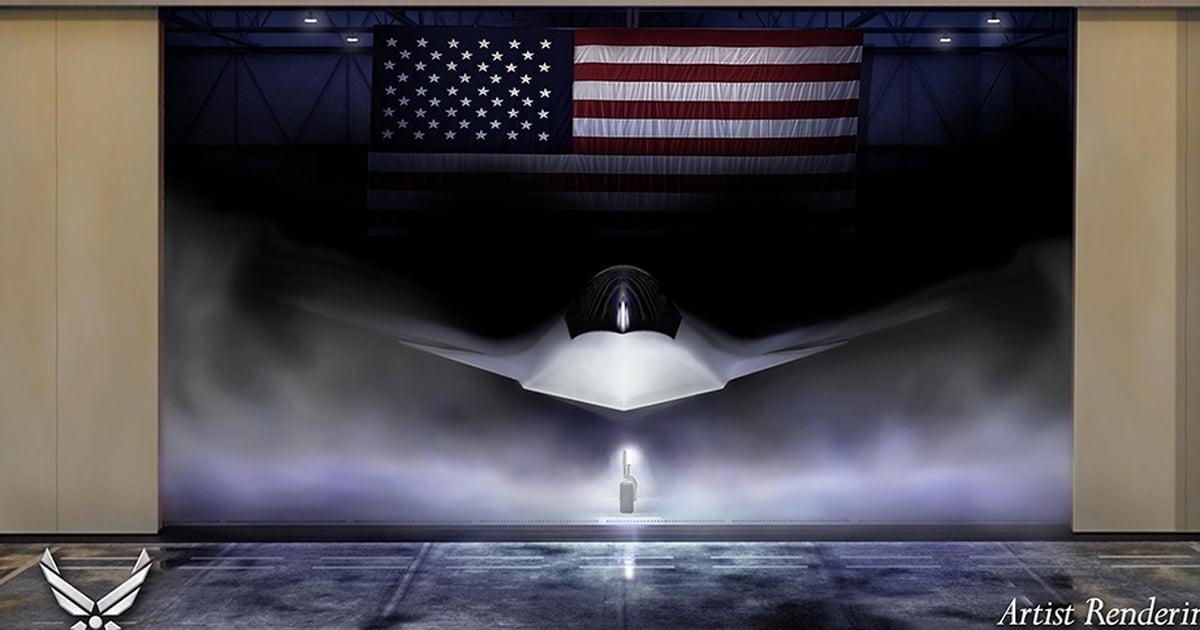

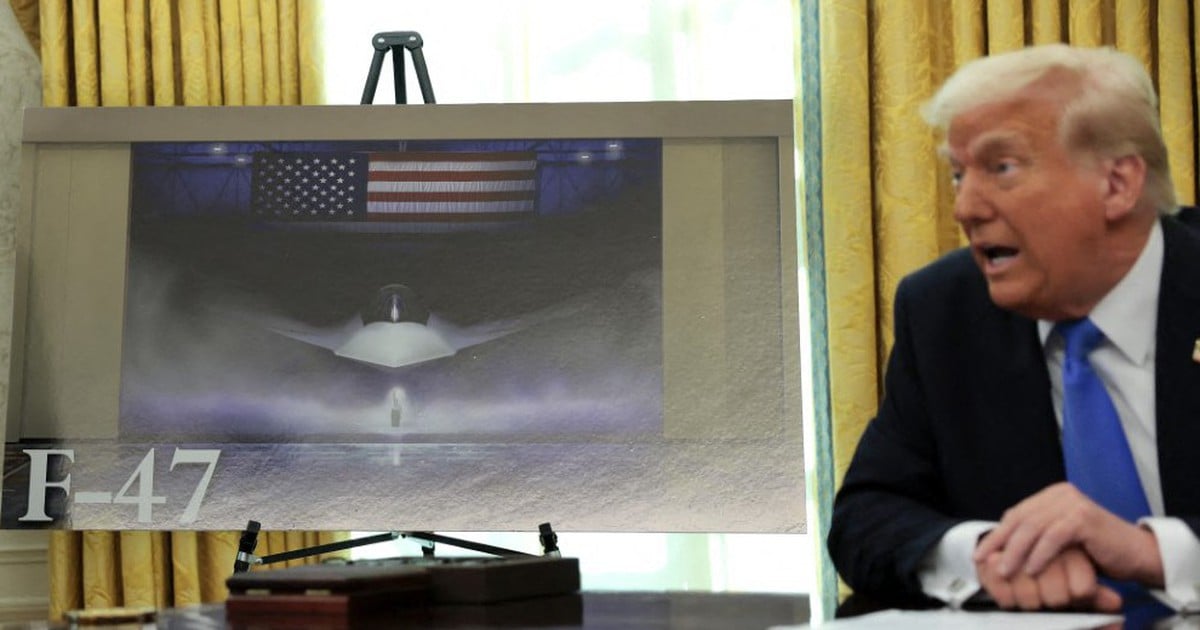


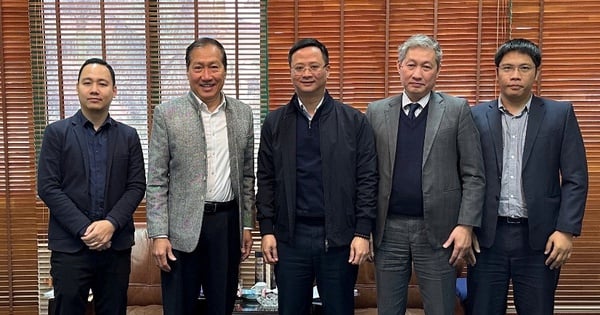

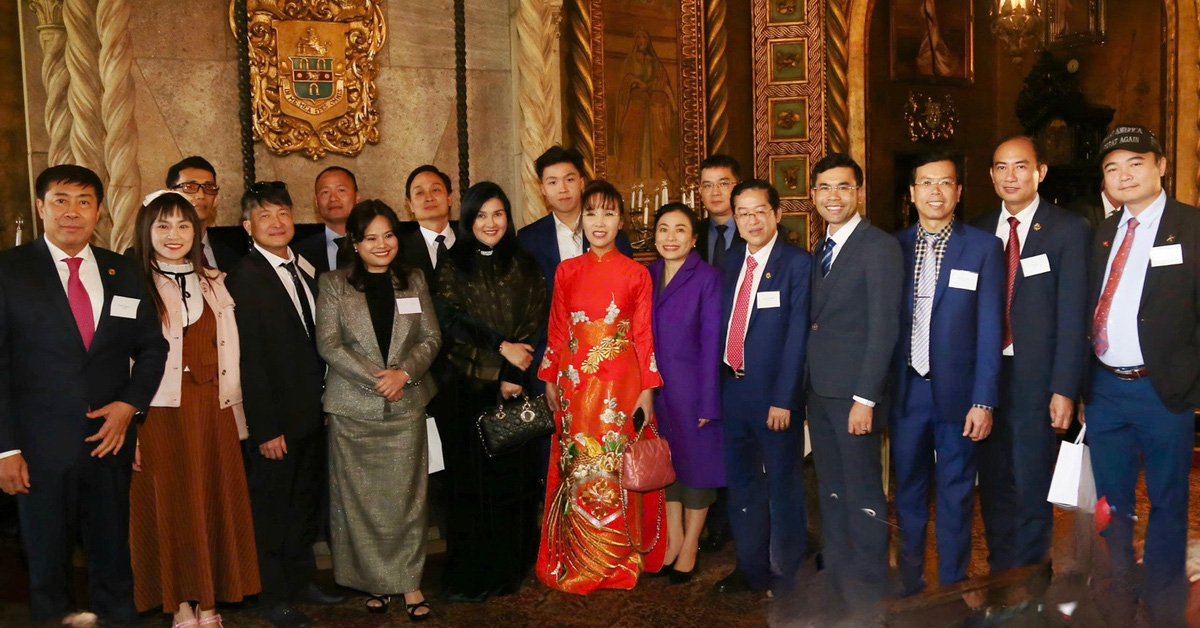

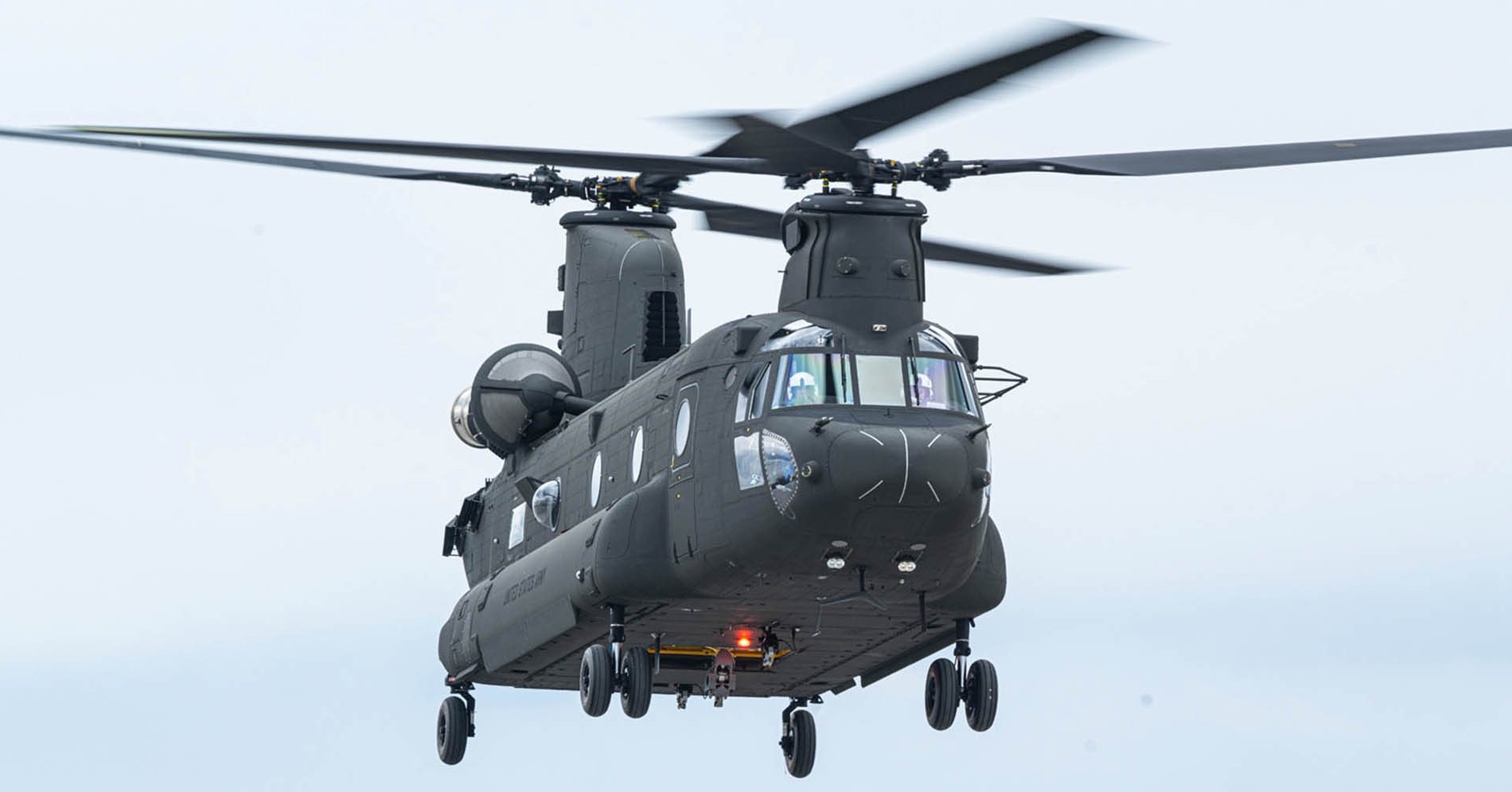





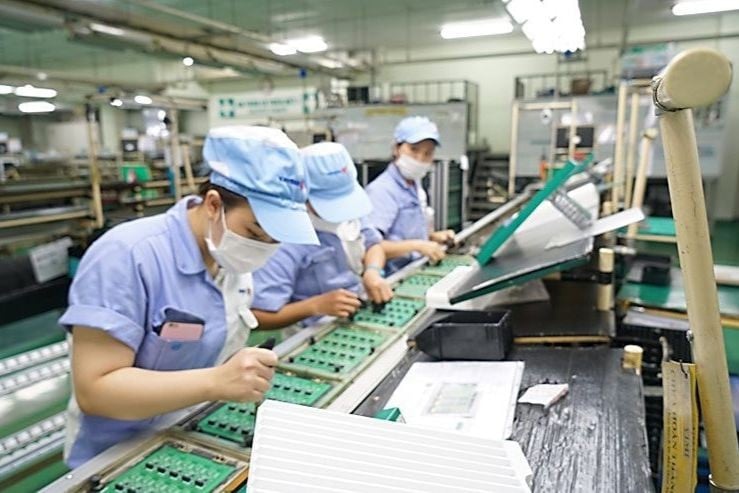
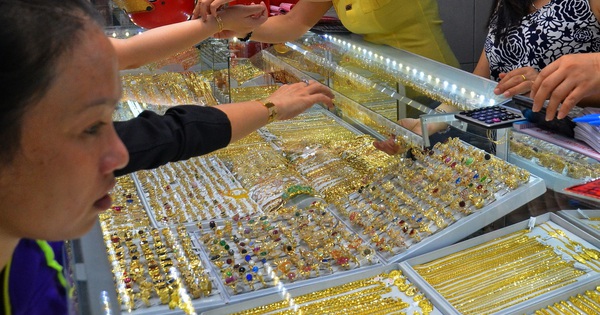









![[Photo] Summary of parade practice in preparation for the April 30th celebration](https://vstatic.vietnam.vn/vietnam/resource/IMAGE/2025/4/11/78cfee0f2cc045b387ff1a4362b5950f)









































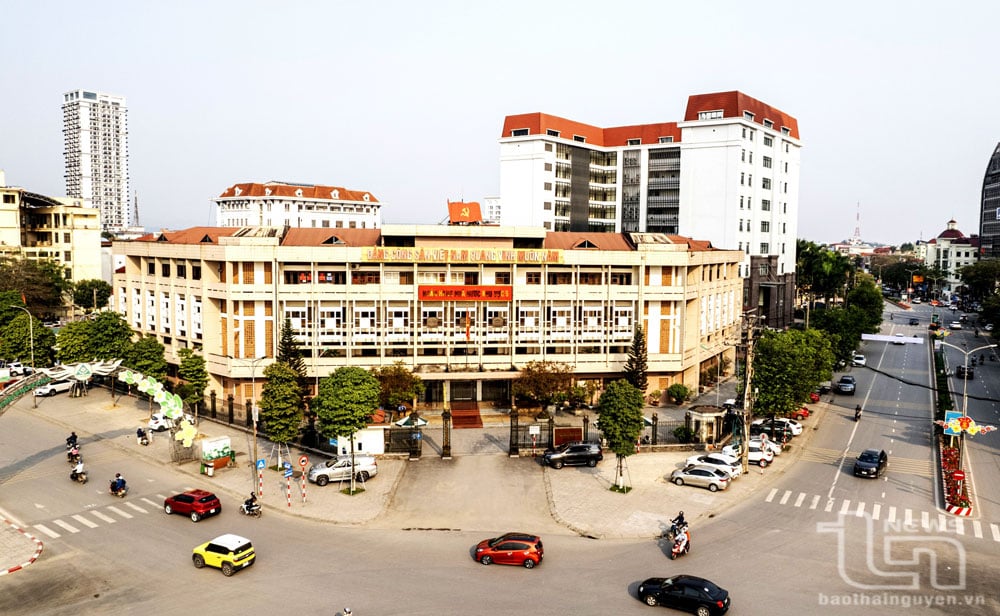





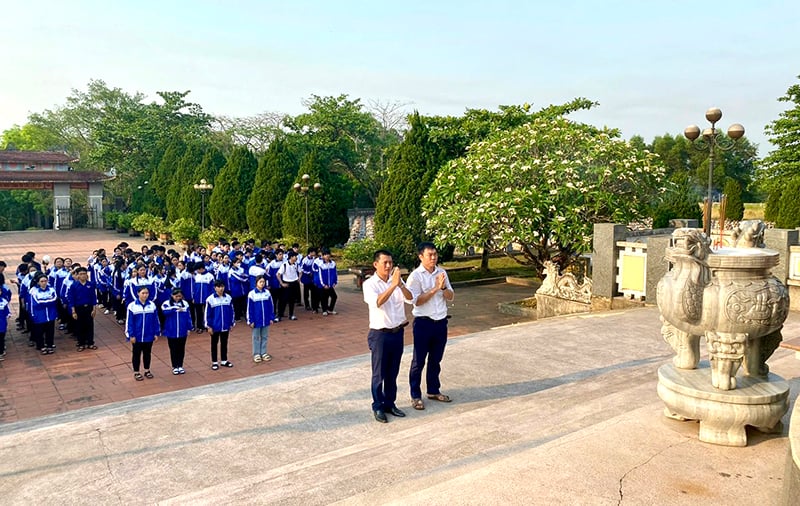
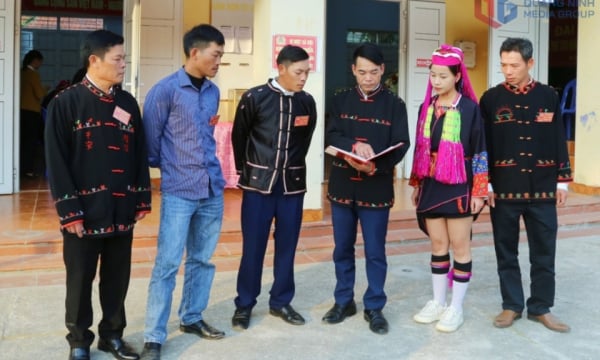

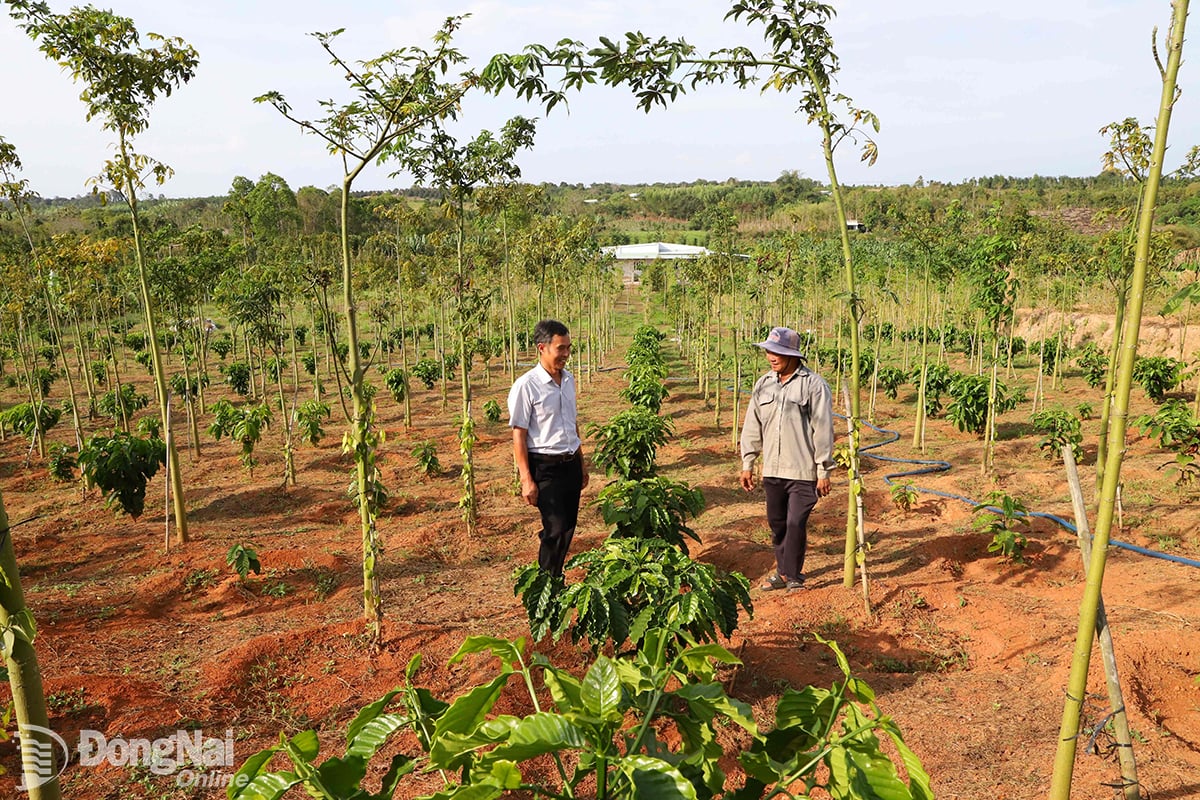












Comment (0)